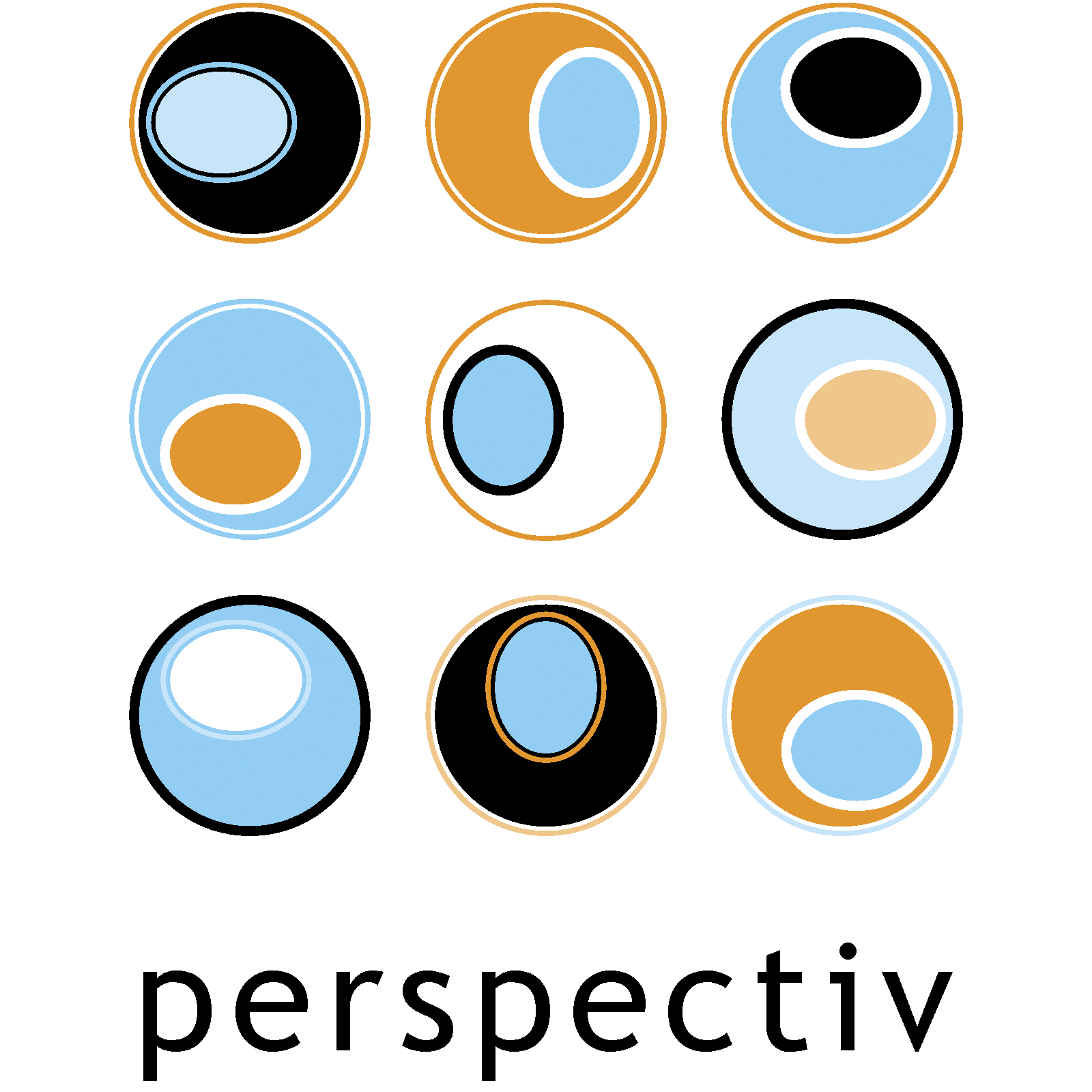Halcrow
We helped the global engineering company address a number of serious management and cultural challenges that risked leading to gradual decline.
The challenge
Halcrow was very used to addressing engineering challenges, but less adept at solving other issues. Clients were demanding greater innovation. Their work-winning process was not effective. There was conflict in their global strategy development process, poor collaboration and communication, and senior management seemed increasingly ineffectual.
How we made a difference
We began by introducing the company to the concept of ‘wicked problems’ (difficult challenges characterised by their ambiguity) and the need to adopt and gain acceptance of a new problem-solving approach, namely…
Develop people whilst developing the business to enable self-embedding
We got the company to recognise that in a change-resilient and change-capable organisation, change is a constant and people learn how to self-embed change.
Accept everyone has their own path to high performance
We introduced the company to a psychometric tool called VIEW: An Assessment of Problem Solving Style, which outlines three critical dimensions of people and their preferences for change:
Orientation to Change: Developer or Explorer style
Manner of Processing: External or Internal style
Ways of Deciding: Person or Task style.
Using VIEW lead to a more effective understanding of what it would take at Halcrow to embed change.
Build in commitment not compliance using ‘fair process’
Everyone involved needs to be engaged in the process of change and it must be perceived as ‘fair’. High levels of engagement produce discretionary effort (anything over required effort), which is estimated to account for as much as at 40% of total potential effort.
To build the type of engagement that produces discretionary effort, you need both rational and emotional commitment:
Rational commitment primarily relates to the change outcome itself
Emotional commitment primarily relates to the process by which the change was achieved.
Research suggests that emotional commitment is worth about four times more than rational commitment – people care four times more about the fairness of the process through which a change is produced than they do about the outcome itself.
We introduced Halcrow to the ‘three Es’ of fair process:
Engagement: Asking for input and allowing ideas and assumptions to be challenged.
Explanation: Everyone should understand the logic and reasoning behind any decisions.
Expectation: Once a decision is made, leadership clearly states the new rules of the game.
With fair process, the chances of embedding and sustaining organisational change rise significantly.
The results
The company used these tools and processes to help address its challenges.
In the work-winning process alone, the win rate went from 1 in 3 to 1 in 2 and was estimated to have saved £15m in bid costs in the first few years.
In summarising the contribution Perspectiv made to turning the company around, David, one of the Board Directors said:
‘Perspectiv integrated the best leadership, collaboration and problem solving resources to meet our unique needs. Challenging us to hear and see what, to be honest, we sometimes didn’t want to deal with was one of the key changes. We became better able to figure out many of the challenges ourselves as we developed our ability to address wicked problems.’
– David Kerr, Director, Halcrow

